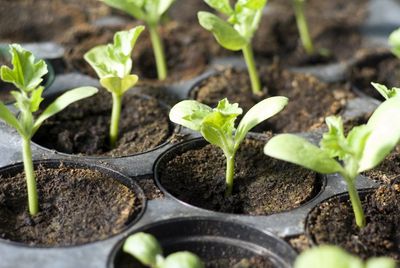Zone 8 Seed Starting Preliminaries
Before you get around to planting seeds in zone 8, you have a few preliminary steps to tend to. These are the first essential to-dos on your seed starting schedule for zone 8. First, you’ll have to choose which ones you want and buy them so that you don’t have to postpone zone 8 seed starting. The next step is to determine which seeds you want to start inside and which you will plant directly in the garden beds. Review your seed starting schedule for zone 8 to figure this out. You can plant cool-weather vegetables twice during the year, in spring and again in fall/winter. This includes cabbage family plants like broccoli, cabbage, and kale. Many warm-season veggies won’t survive a freeze, so you won’t get a second round. You’ll have to start vegetables indoors if the growing season is not long enough for them to come to maturity outdoors. These can include warm-season crops like tomatoes. Take into account the days to harvest listed on seed packages. Vegetables that don’t transplant well should also be seeded directly outside. Most annual flowers can be started in garden beds while perennials usually need to be started indoors.
Seed Starting Schedule for Zone 8
Now it’s time to figure out when to start seeds in zone 8. You’ll have to fine-tune your own seed starting schedule for zone 8 since frost dates vary within the zone. The seed packet will usually tell you when to start seeds in zone 8. Some will specify a planting date; others will tell you the number of weeks before the last frost to plant. Generally, for zone 8 seed starting you can start the seeds indoors six weeks before the last spring frost date. Find out the average date of the last spring frost in your neighborhood. Then count back from that date to figure out when each type of seed needs to go into the ground.
